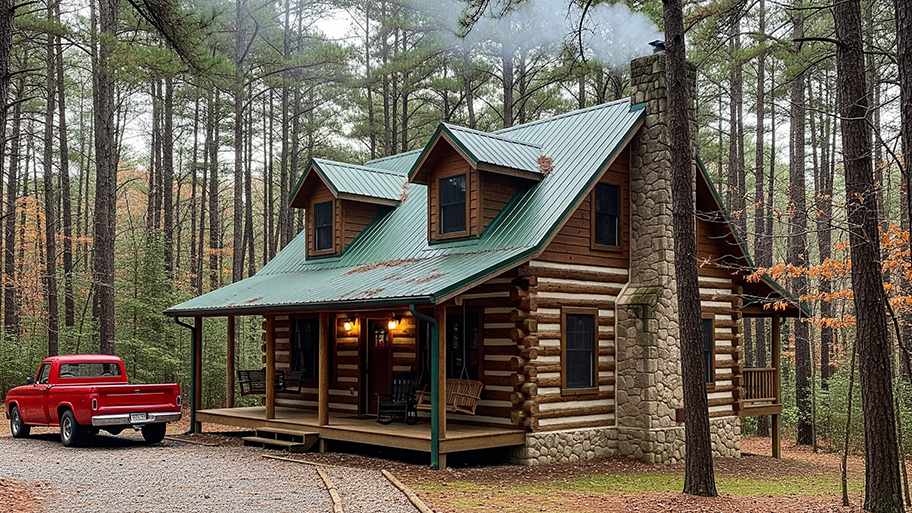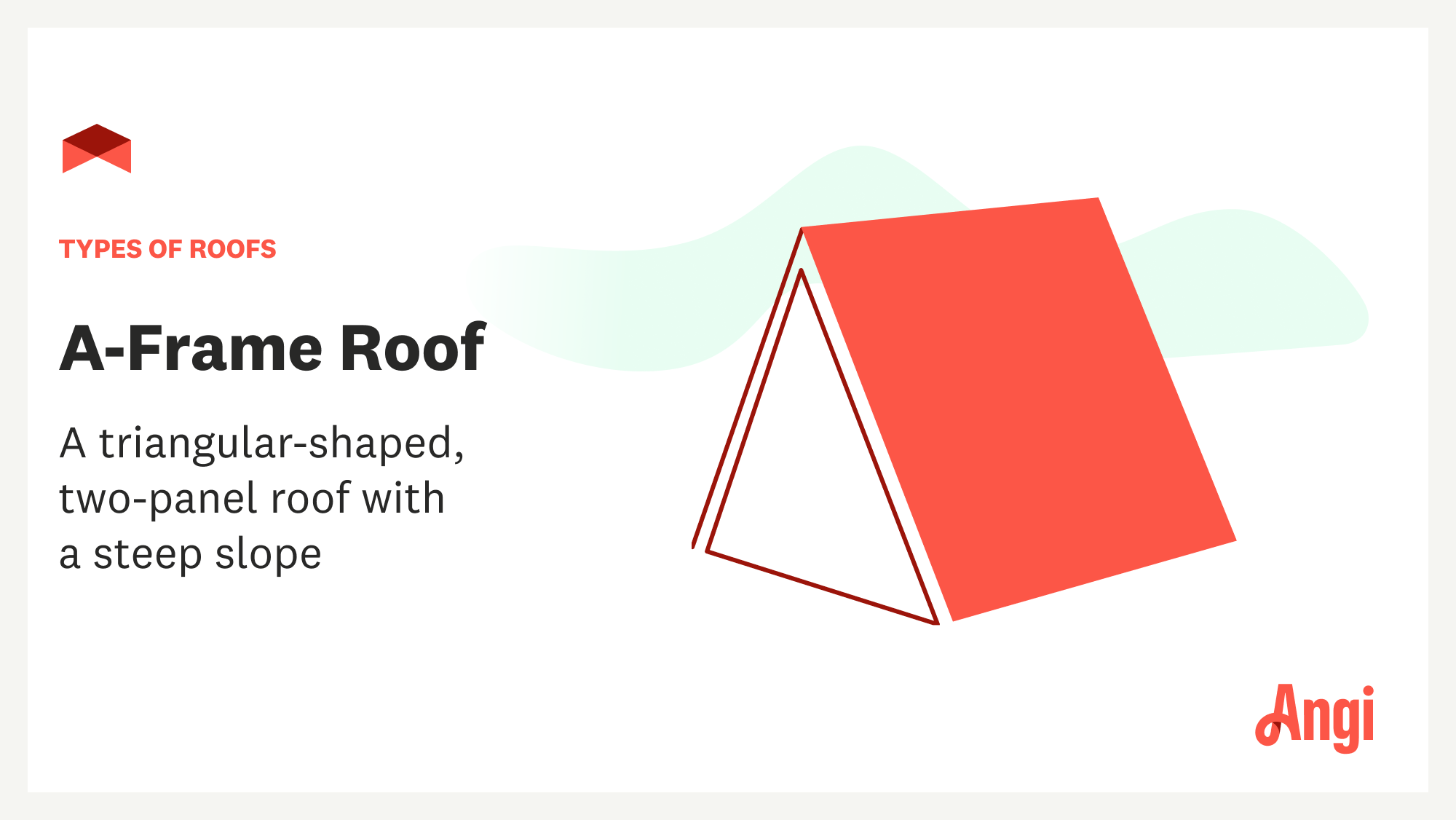
Log cabin costs vary depending on the size of the cabin, the location, and the cabin style. This guide will help you figure out the true cost of a log cabin.
The shape is a given, but there's more than meets the eye with these unique homes


An A-frame is a sturdy, stable home shaped like the letter A.
It’s a popular style for vacation accommodations and became popular in the 1930s.
While charming, A-frames limit interior space and make roof repairs a challenge.
Building a 1,000-square-foot A-frame costs about $150,000.
If you have ever dreamed of waking up in an adult-sized treehouse, an A-frame house can give you the same nostalgic feeling while keeping you on solid ground. It is no secret why this style of house is called an A-frame—the shape of the house comes to a point, like the capital letter A. But what is an A-frame house, and is there more to these buildings than the identifiable exterior? Here is everything you need to know about A-frame houses, from the amount of space they have (or lack) inside, to how they hold up to harsh winter weather.

An A-frame home is shaped like a triangle. Four walls begin at the foundation and meet at a point. A-frame homes are generally small, around 1,000 square feet. The sloping sides of the home lack windows, but there may be large windows at the back of the house. The real showstopper is the front wall, which is often made up of many large windows or glass.

In addition to the appearance, there are many reasons that make this style so sought-after. But it is important to keep in mind that the A-frame comes with more than gorgeous views of trees or a cozy corner fireplace; there are also some sacrifices to make in choosing it over a more conventional house shape.
A-frame homes are practical, especially in snowy or windy locations. The steep roofs effortlessly shed snow and rain and block heavy winds, so these homes are as durable in a midwestern forest as they are in a seaside village.
Another benefit of A-frame homes is their simple form, which two people can easily build. Building out the frame is straightforward, although keep in mind that it is still best to consult with an architect or a local custom home builder if you want to add special features or make the most efficient use of the interior space. Plus, you will need to work with plumbers and electricians to get the house ready for occupancy, especially if you have decided to build in a less developed location.
An A-frame home has less interior space than a similarly sized conventional home because the exterior walls are steeply sloped. That can leave some awkward, unused space toward the top of the house; however, many homeowners have converted these upper spaces into lofts or storage areas.
Because the side walls are actually the steep roof, it is difficult to climb onto an A-frame roof to fix a few shingles or patch a leak. Consequently, many homeowners opt for a more durable metal roof instead. The massive amount of roof space is another downfall. This style of home tends to have about 20% more exterior surfaces, and if they are not well insulated, the resulting energy bills may be higher.
The cost to build a house is about $150,000 for a 1,000-square-foot home or cabin. This style costs about $100 to $200 per square foot for materials and labor, which rivals or may even be higher than modular home costs. If you plan on a custom A-frame house plan to create a “cottagecore” vacation home, you might spend $400 to $600 per square foot.
On the other hand, prefabricated kits are available for simpler A-frame homes and cost around $37,000 for the full inside-and-out setup, making them an option for a low-cost accessory dwelling unit (ADU). Keep in mind that these kits, while less expensive upfront, will require professional help and extra costs for installing plumbing and electricity.
Expect to pay anywhere from $100 to $200 per square foot for professional labor, similar to what it costs for a more traditional build. If you build an A-frame yourself, you could save 40% of the total cost. However, we don’t recommend doing it yourself without significant building experience.
While a DIY build can offer significant savings, many aspects require a license and more technical knowledge. You can also get into dangerous situations, such as trying to handle heavy equipment or electrical work.
From average costs to expert advice, get all the answers you need to get your job done.

Log cabin costs vary depending on the size of the cabin, the location, and the cabin style. This guide will help you figure out the true cost of a log cabin.

The cost to build a brick house is high, but the aesthetic and durability can be well worth the investment if you’re looking for something unique.

Dreaming of building your own home from the ground up? Learn how much it costs to build a house yourself and if it’s worth it to skip the pro on this project.

A villa can be a single-story house or a luxury home with a pool. Here’s a full breakdown of how much it costs to build a villa based on size and style.

Consider these questions when building a custom home. Your answers can help you determine who should build your dream home, one brick at a time.

Home makeovers are challenging. A renovation consultant can help take the stress out of your next remodeling project.